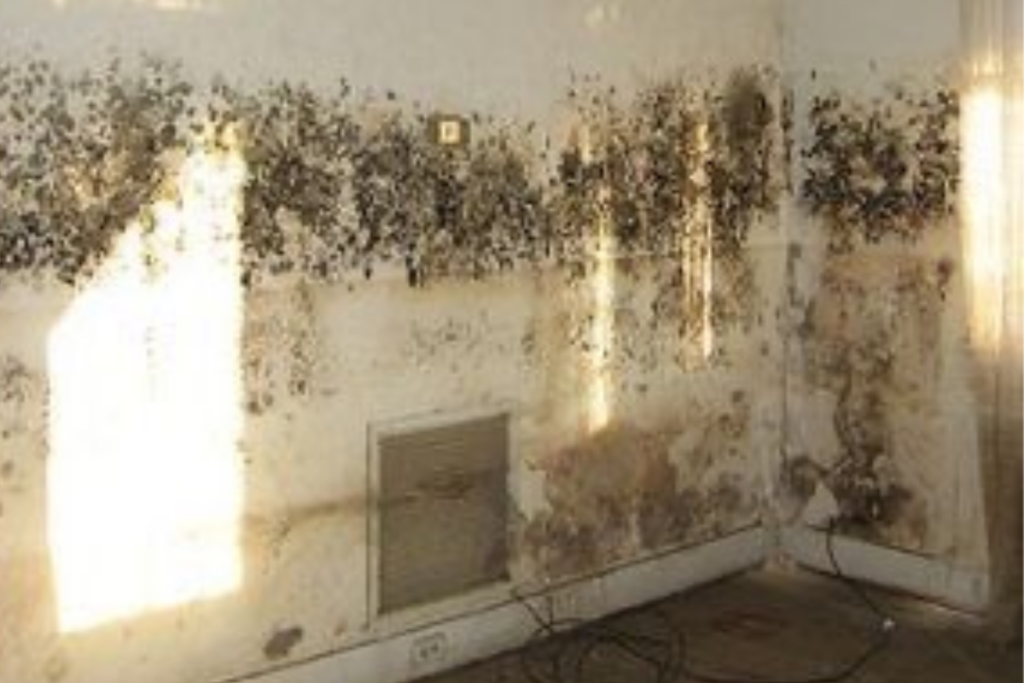In March of 2018, a powerful nor’easter struck homeowners. It swept through the East Coast, bringing fierce winds that destroyed many homes. Brandi Schmitt, a resident of Lothian, Maryland, was one of the people affected by the storm.
The strong wind blew shingles, gutters, and sidings from her home, making it vulnerable to the elements. The storm also cut off their electricity for three long days. As expected, the food in the refrigerator spoiled during this period, and water kept leaking into her home.
Brandi Schmitt’s House Problem
After the lights were restored, Schmitt called her insurance provider, USAA, to report her damage, and a week later, an adjuster visited her home, and they decided that Schmitt’s entire roof needed replacement.
While she and the insurer argued over the claim, Schmitt said that rain and snow from subsequent spring storms were causing more damage, which caused molds. At first, a specialist came to investigate mold claims in May 2018 but found no mold, but by October, there was visible moisture and a strong moldy smell that couldn’t be denied.
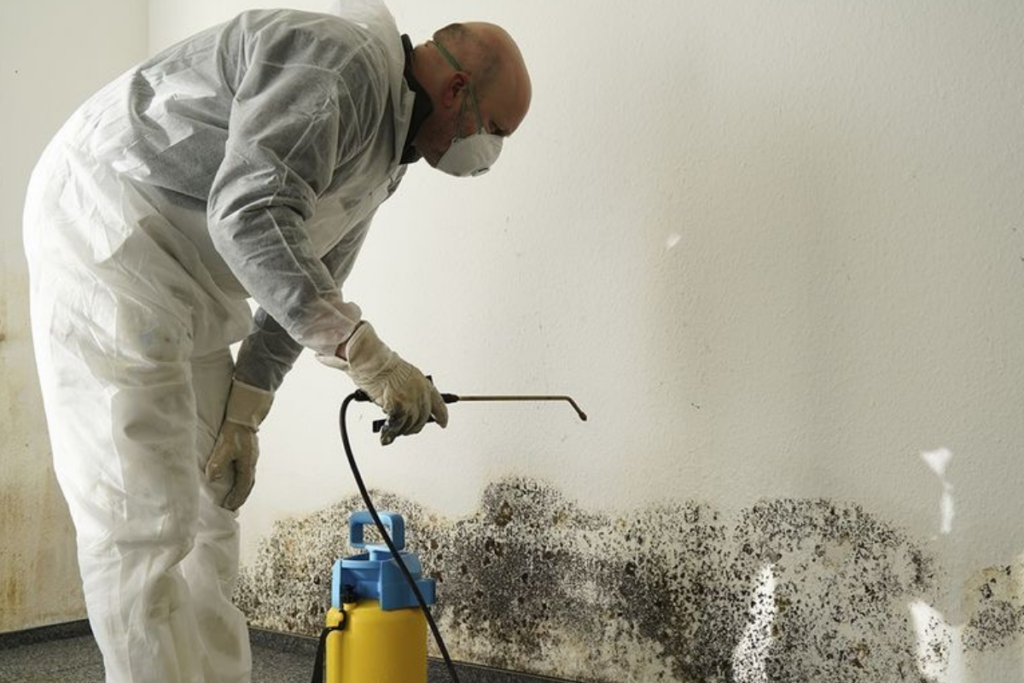
The mold issue became a huge problem for Schmitt’s family as they developed health problems, and their pets died. They went for tests in November and found that they had high levels of mold-related antibodies in their blood. After that, the family decided to move out permanently that month.
ALSO READ: Top Wall Street Analysts Are Optimistic About These Dividend Stocks
Schmitt Had Mold Coverage
Schmitt paid an extra $15,000 for mold coverage in her home insurance policy, but she said USAA didn’t remove wet insulation from her attic, where she believes mold is growing. In January 2020, air samples were taken in the home, and results showed high mold levels. Schmitt and her husband sued USAA in 2019, and in March 2023, a jury found that USAA violated their policy.
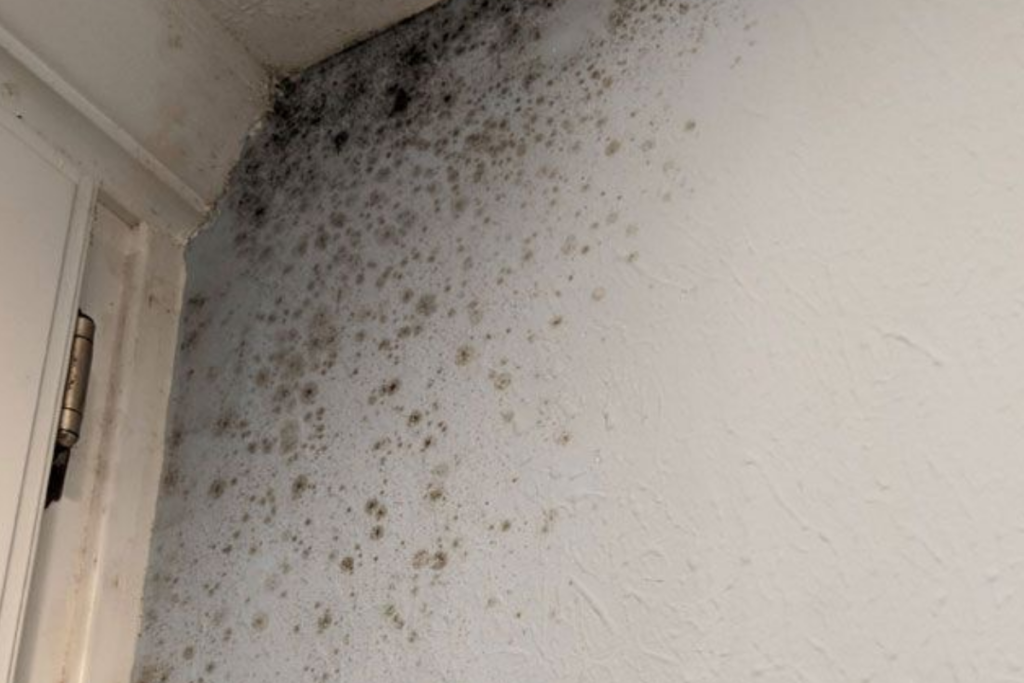
The jury awarded the homeowners money for repairs and living expenses. However, Schmitt is appealing the case because she thinks the repair costs will be higher. USAA does not agree with Schmitt’s claims; the insurance company says she didn’t do enough to prevent further damage. Mold damage is common, expensive, and often not fully covered by insurance, and experts warn that severe weather could make these issues more frequent.
What Is the Meaning of Mold Insurance?
Mold insurance is a coverage often found in homeowners insurance that provides protection against damaging fungi and mold. Mold limitations and exclusions in insurance policies became standard practice across the industry after decisions were made in several significant lawsuits.
These legal cases brought attention to the financial risks associated with mold claims, making insurance companies adjust their policies to protect themselves from making large payments. As a result, it became common for insurers to limit or completely exclude coverage for mold-related damages.
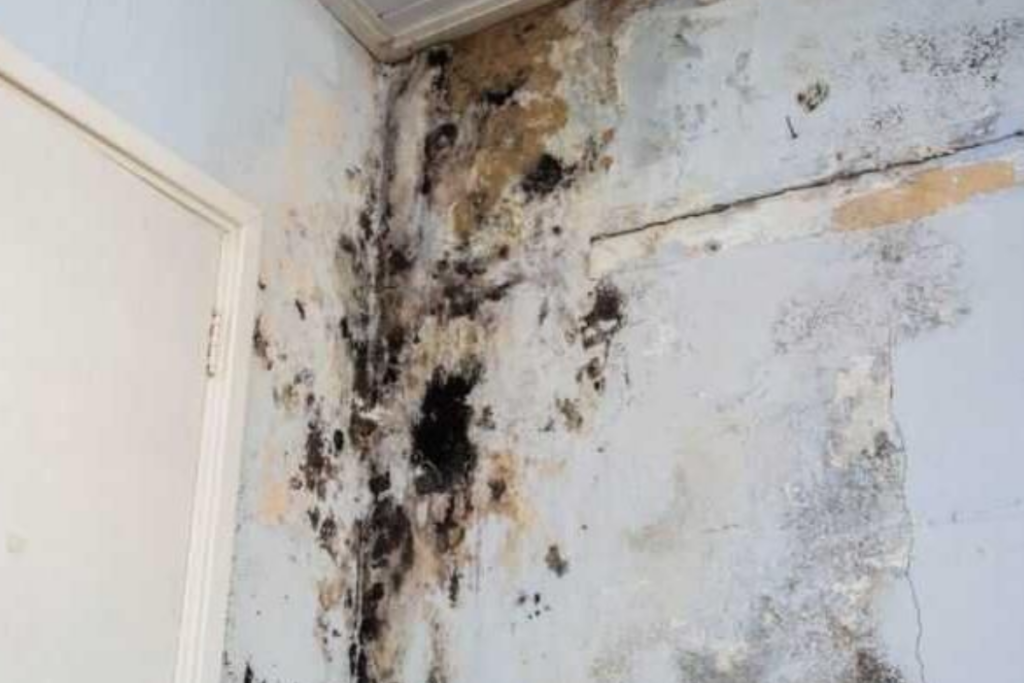
In 2001, a Texas court case, Ballard vs. Farmers Insurance Group, originally awarded $32 million to a homeowner whose house was damaged by mold. It caused alarm in the insurance industry. Even though the amount was later reduced to $4 million, insurance companies began limiting or excluding mold coverage.
Amy Bach, the director of a consumer advocacy group, described this reaction as a “mold stampede,” where insurance companies quickly started restricting mold coverage due to the high cost of repairs, health concerns, and fears of expensive lawsuits like those for asbestos. Insurers believe that as long as homeowners can find the coverage they need somewhere, insurers should be allowed to exclude certain risks as long as it’s clear and customers are informed.
ALSO READ: Average Credit Card Debt Climbs to $6,329: ‘People Are Stretched,’ Expert Warns
Does House Insurance Cover Mold?
Today, according to insurance.com, homeowners insurance usually doesn’t cover mold, fungus, or wet or dry rot unless caused by a specific event that’s already covered, like a burst pipe. If homeowners want coverage for mold caused by other issues, they might need to add extra coverage to their policy.
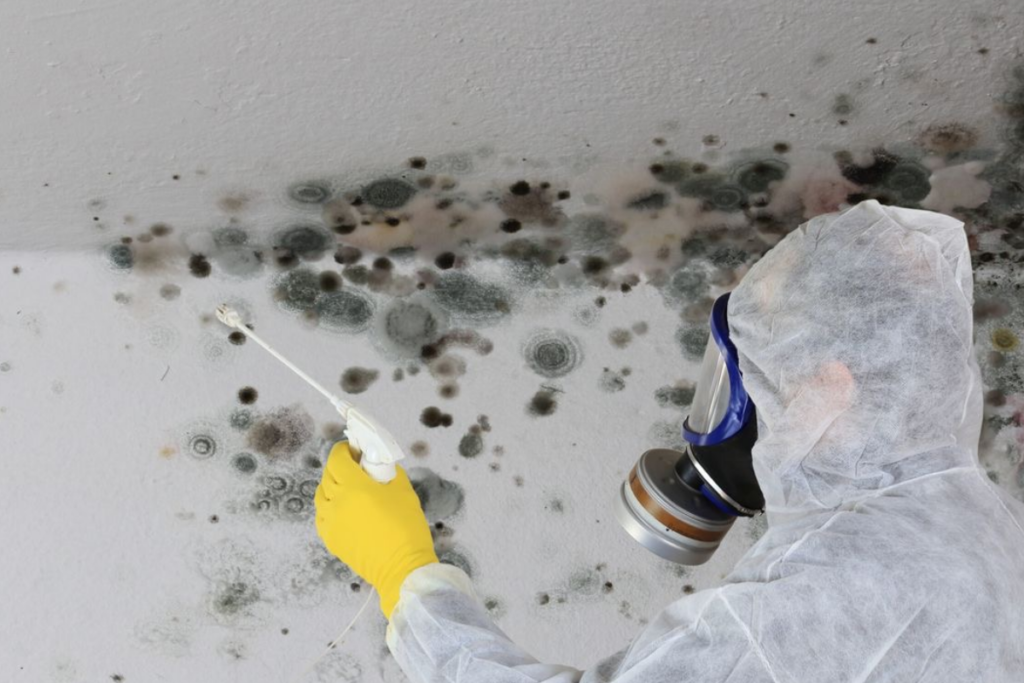
After the court case in 2001, many states didn’t want to be like Texas. They allowed insurance companies to limit or exclude mold coverage from standard policies. However, this can be surprising to homeowners who expect their insurance to cover all types of damage, including mold.
Does Homeowners’ Policies Always Cover Mold?
If mold has been present for a long time, like several weeks or more, your insurance might not cover it. While mold from a leaking pipe can be covered in your insurance policy, it won’t be covered if you neglect it for a long time. Insurance policies can be complicated, so policyholders need to read and understand them.
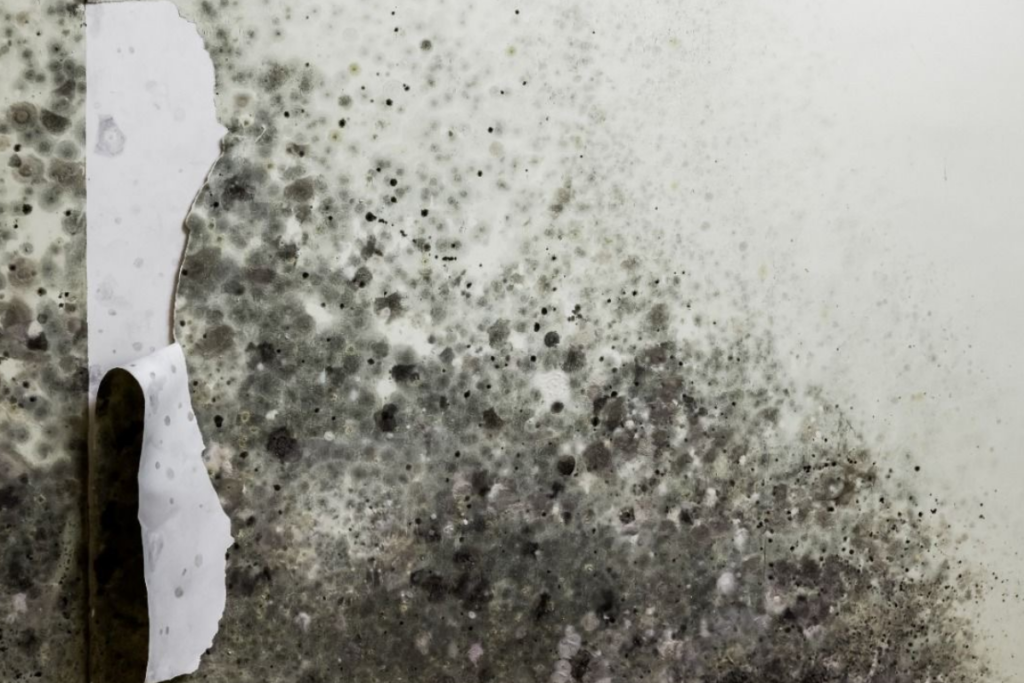
Insurance rules vary by state, which makes it more confusing. For instance, homeowner policies in South Carolina do not cover all mold situations; it depends on the cause. Different insurance companies also offer different levels of mold coverage. USAA covers up to $2,500 for mold cleanup in most states, while Nationwide covers up to $10,000, which can’t be increased.
Do People Want Mold Included in Their Homeowners Policies?
Yes. Because mold (fungus) has been limited or excluded from homeowners’ policies, some homeowners may not renew their policies, especially after making mold-related claims. A review of homeowners’ complaints showed that 8% were about mold issues. The majority of the complaints were about how insurers limit mold coverage.

In one case, Allstate didn’t renew a policy because the homeowner made a mold claim the previous year. Insurance companies generally have the right not to renew a policy for various reasons, including past claims. However, the companies involved didn’t directly comment on specific cases. A Nationwide spokesperson said the company does not comment on individual claims. An Allstate spokesperson also did not respond directly to a request for comment about the complaint when they were asked.
ALSO READ: Couple Narrates Why They Stopped Renting Their House as an Airbnb After 15 Years in the Business
Insurance Companies Take on Homeowners’ Policy
Also, insurance companies might not renew a policy if there are too many claims. Experts suggest carefully reviewing your insurance policy as a policyholder or homeowner and consulting a professional to understand what is covered.
While insurers aren’t focused specifically on mold yet, they are closely watching how climate change affects insurance. There’s only so much insurance companies can do, and society may need to step in to help with costs and encourage better behavior.
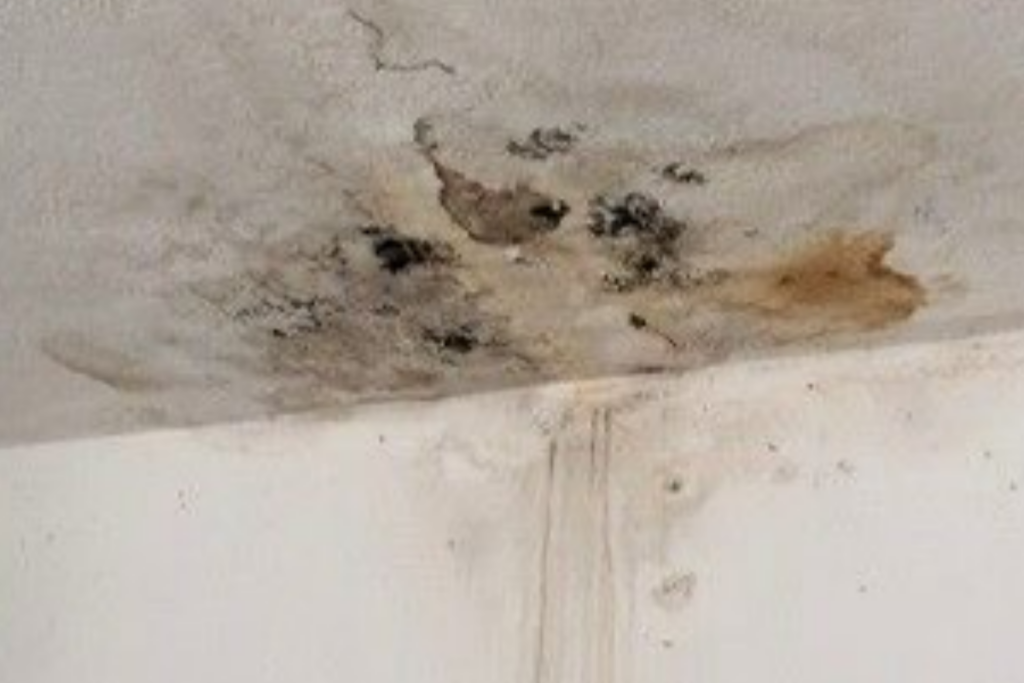
Six years after the big storm hit, the Schmitt family home is still empty most of the time. Schmitt and her family visit occasionally to keep it from being considered abandoned, but they still feel unwell during these visits. Schmitt feels they haven’t been able to enjoy their home, even though they worked hard to afford it.
What Is Mold, and Why Is It Bad?
Mold is a fungus that thrives in damp, poorly ventilated environments. It reproduces by producing and releasing spores in the air, which spread and land on surfaces. Because the spores are in the air, mold can cause respiratory problems and allergic reactions.
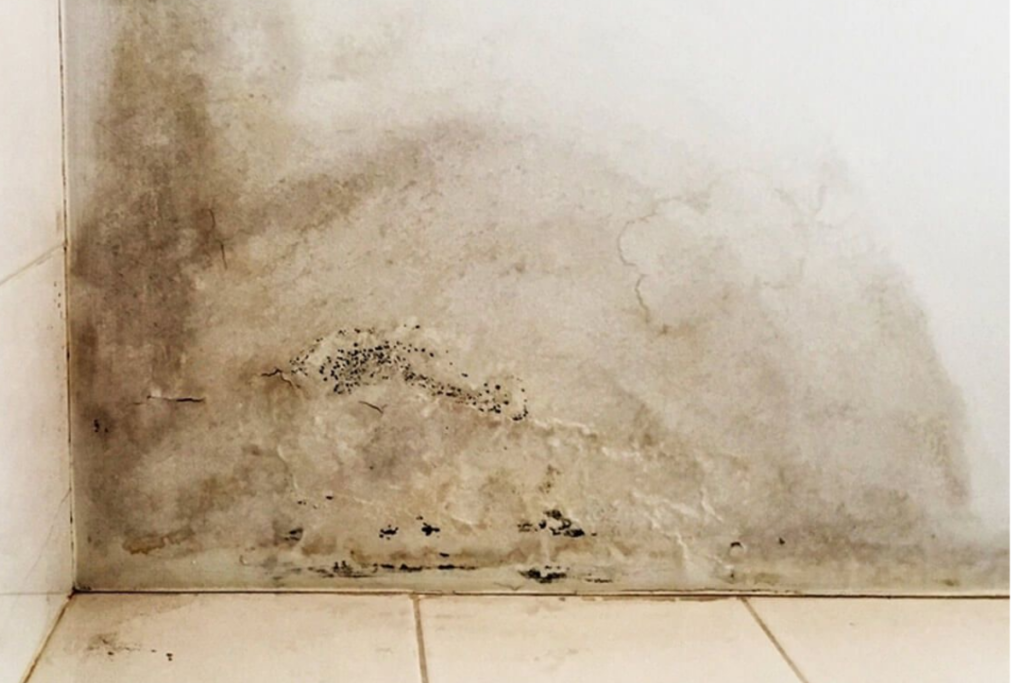
Mold can damage materials, cause unpleasant odors, and reduce the air quality of any room it inhabits. When the spores land on the skin, they can cause irritation. Mold can be dangerous for people with compromised immune systems, such as those with asthma.
You Might Also Like:
Nasdaq Rises 2%, Dow Gains 400 Points as Mild Inflation Data Sparks Market Comeback
New Ban Prevents Broadband, Mobile, and TV Providers from Imposing Surprise Mid-Contract Price Hikes
Credit Card Debt Reaches Record $1.14 Trillion, According to New York Fed Research
5 Furniture Deals Where IKEA Outshines Costco
Advisor Recommends Seizing Stock Market Deals Now—Here’s What You Should Know

